I use a DL205 PLC with a Do more CPU. This drives SPDT relays to control 90 degree motor operated valves. The valves are apollo motor actuated, which advertises 0.74amp starting/locked rotor current. I have confirmed this value with a clamp on ammeter. The relays are automation direct 781-1C-120A 15A relays with 120VAC closing coils. During testing, I'm finding that some of the relays will randomly stick in the normally open position, preventing the valve from closing when the coil is de-energized. the relay will reset when mechanically agitated, but not otherwise. Voltage is correct, verified to 124VAC.
Has anyone seen anything similar to this?
